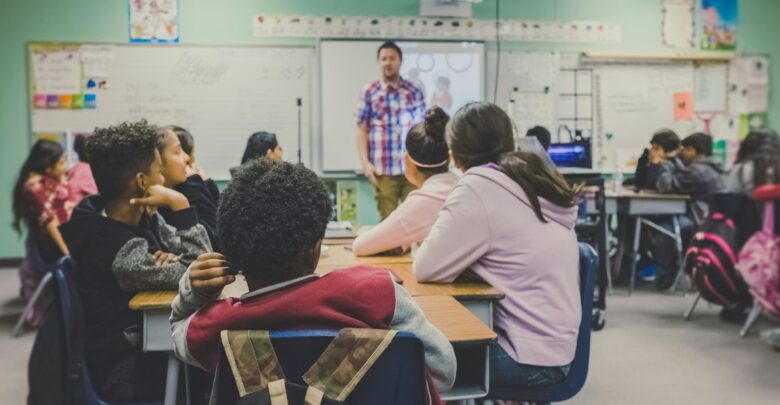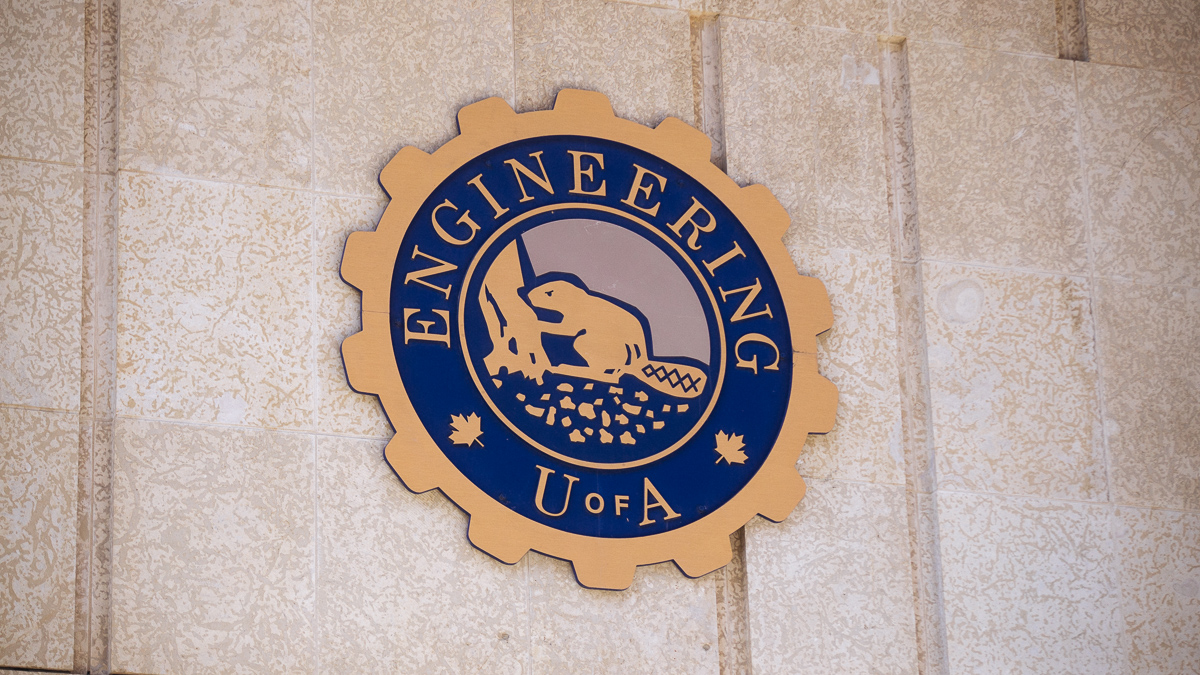 Kenny Eliason
Kenny EliasonAccording to the Alberta Teachers’ Association (ATA), reports of student aggression are on the rise. New research from a University of Alberta psychologist and PhD student investigates the impacts of student aggression on teachers. Specifically, Salvatore Durante is focused on the experience of student abuse among veteran teachers in junior and senior high schools.
The study consisted of seven veteran teachers — with ten or more years of experience — in junior high and high school. Durante used an interpretative phenomenological analysis (IPA). This approach is participant-oriented with a focus on understanding lived experiences through participant narration.
According to Durante, most teachers in his study experienced physical assault while actively teaching. In one case in the study, a participant experienced stalking.
Schools typically hold a zero-tolerance policy for violence. Upon examining the effectiveness of said policies, Durante found that “they generally don’t work.” According to Durante’s study and the ATA Pulse Rapid Research Study for fall 2023, many teachers indicate that they have not received training to de-escalate potentially aggressive situations.
“The participants spoke on the education system hiding the violence to maintain an image of safety,” Durante said.
Complex factors make it difficult to address the aggression teachers are facing
Durante explained that there were multiple complex factors in students becoming aggressive and violent with teachers. According to the ATA Research Study, 61 per cent of teachers reported increased class sizes in the 2022-23 school year.
Additionally, nine out of ten teachers and school leaders reported an increase in the complexity and diversity of their students‘ needs. There was an additional decline in support and resources with 57 per cent citing a decrease in support available for students with exceptional needs.
“A lot of teachers were going beyond their role as teachers in the classroom. They were being the psychologist, the nurse, and all these types of things for the students,” Durante said.
According to the ATA there is “a concerning rise in aggression in urban, suburban and rural schools, reflecting the societal and cultural divisions in Alberta communities at large”
The study also found 71 per cent of teachers and school leaders have reported observing students making demeaning or hateful remarks toward others with differing views. These remarks related to sexual orientation and gender identity, race, COVID-19 policies, and climate change.
Moreover, according to participants, respect for teachers is declining. Many felt undervalued and unappreciated. “I found that at the system level, there was a disdain and lack of respect for teachers,” Durante said.
“They feel like they have to take responsibility and follow the protocol, regardless of their injury,” Durante says
Durante explained that all of these factors have contributed to the aggression directed towards teachers. According to participants, the effects are damaging. Durante found that teachers often neglected their own needs after an attack to ensure the safety of the other students.
“Immediately after the assault, they turn emotions inward. They feel like they have to take responsibility and follow the protocol, regardless of their injury,” Durante said.
Durante expressed concern about the newly implemented phone ban in schools. He explained that opens more opportunities for students to feel untrustworthy and lose trust with their teachers as well.
“In worst-case scenarios, students became violent with instructors when told to put away their phones,” he said. “One of my participants asked a student to put their phone away and was welcomed with a punch to the face.”
According to Durante, aggression hasn’t increased but is now recorded and reported more frequently. He thinks a database should be implemented for teachers to be able to record these instances for future reference. This is in the hope of being able to identify potential violent attacks and allow students to receive the help they need.
“We need more school resource officers, psychologists, social workers, and other programs.”




